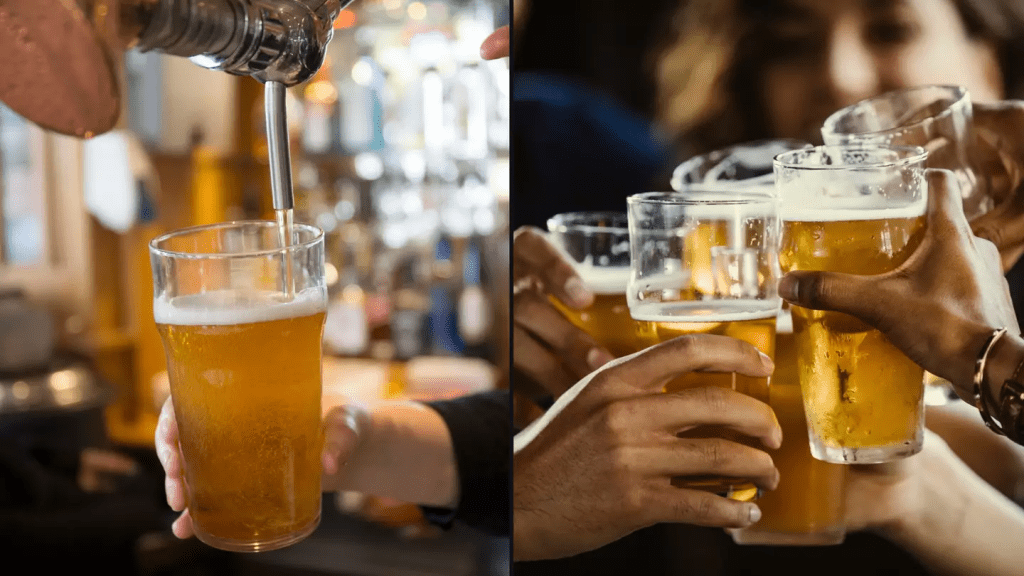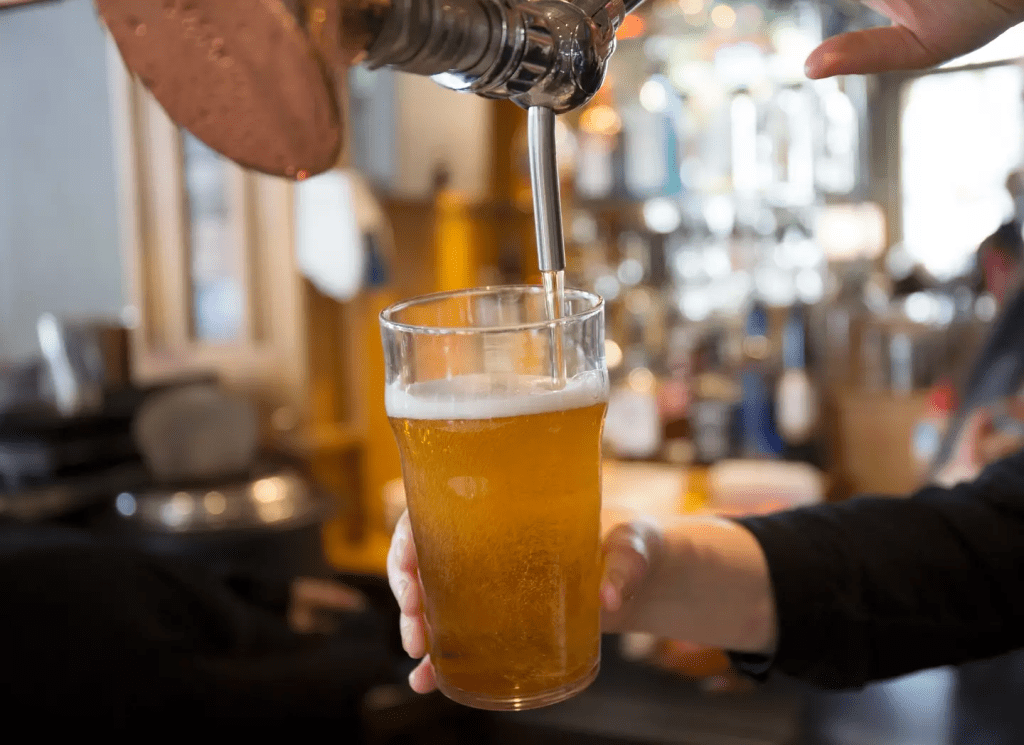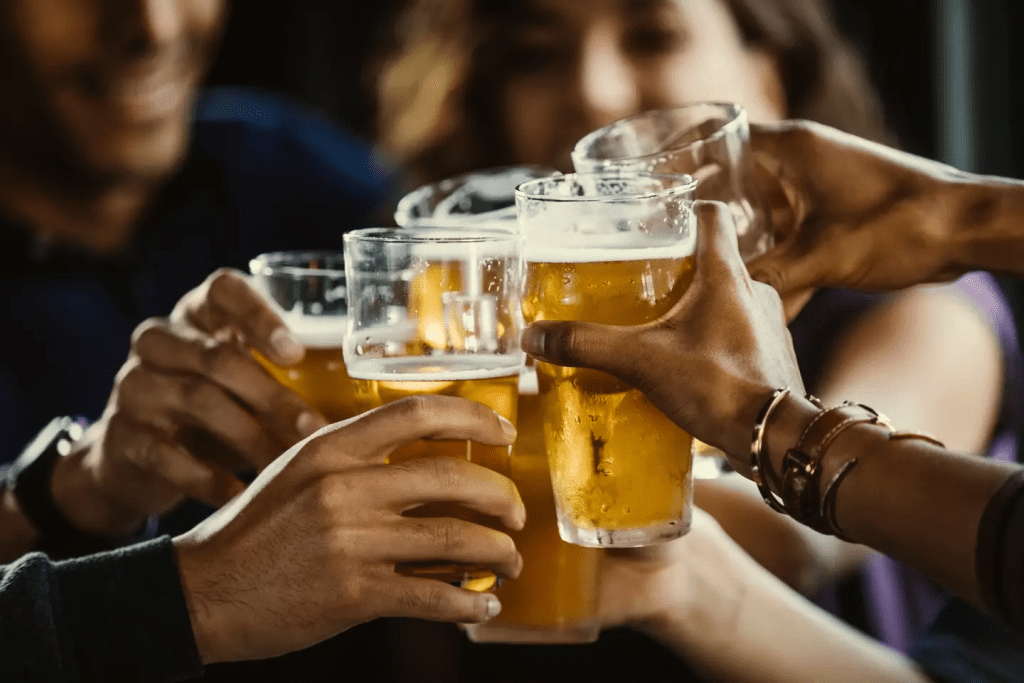
In a move that’s becoming increasingly common across the UK, major alcohol companies are cutting the strength of their beers in response to rising costs and new government policies. The decision to reduce the Alcohol By Volume (ABV) of popular beers has been made as part of a broader trend to save money while managing price increases.
Several beer brands have already made the shift, including Hophead, which has lowered its ABV from 3.8% to 3.4%. Similarly, Molson Coors has reduced the ABV of its Grolsch beer from 4% to 3.4%, and Carlsberg has made a similar move with its Danish Pilsner, dropping its ABV from 3.8% to 3.4%. Heineken is now following suit, having reduced the ABV of its John Smith’s Extra Smooth from 3.6% to 3.4%, and its SOL beer from 4.2% to 3.4%.
The new changes will take effect on 25 February, with Heineken indicating that while the ABV will be reduced, the wholesale price of these beers will decrease as well. However, beer drinkers may not escape all price increases. Starting 1 February, the price of Heineken’s draught beers in pubs will rise by an average of 2.97%. Despite this, individual pubs and bars will have the discretion to set their own prices, potentially adjusting for the higher costs they face.

In addition to the ABV reductions, Heineken is also implementing price hikes on other products. The prices of its wholesale packaged products, including Amstel and Desperados, will rise by an average of 2.5%.
The key factor behind these changes is a new tax system introduced in August 2023, which taxes alcoholic drinks based on their strength rather than type. Drinks with an ABV of 3.5% or more face a higher tax rate, prompting companies to lower their alcohol content to 3.4% to avoid the extra charges. This strategy allows them to keep prices stable despite the increased taxes.
Heineken, along with other alcohol companies, has been working to manage these rising costs by focusing on cost-saving measures. The company has raised prices for its kegs by 1.73% in 2024 and plans to continue efforts to limit the impact of inflation on their customers. A spokesperson for Heineken stated that the company is committed to minimizing price increases while striving for greater efficiency.

There’s more change on the horizon, as upcoming environmental regulations will likely affect beer prices as well. The Extended Producer Responsibility (EPR) scheme, which requires companies to cover the environmental costs of their products, will see the Packaging Recovery Notes (PRN) requirement rise from 37% to 100% later this year. This shift will add additional costs to brewers, who will have to ensure their packaging meets the new environmental standards.
As beer prices rise and alcohol content drops, consumers may soon find themselves adjusting to a new normal in the beer market.


